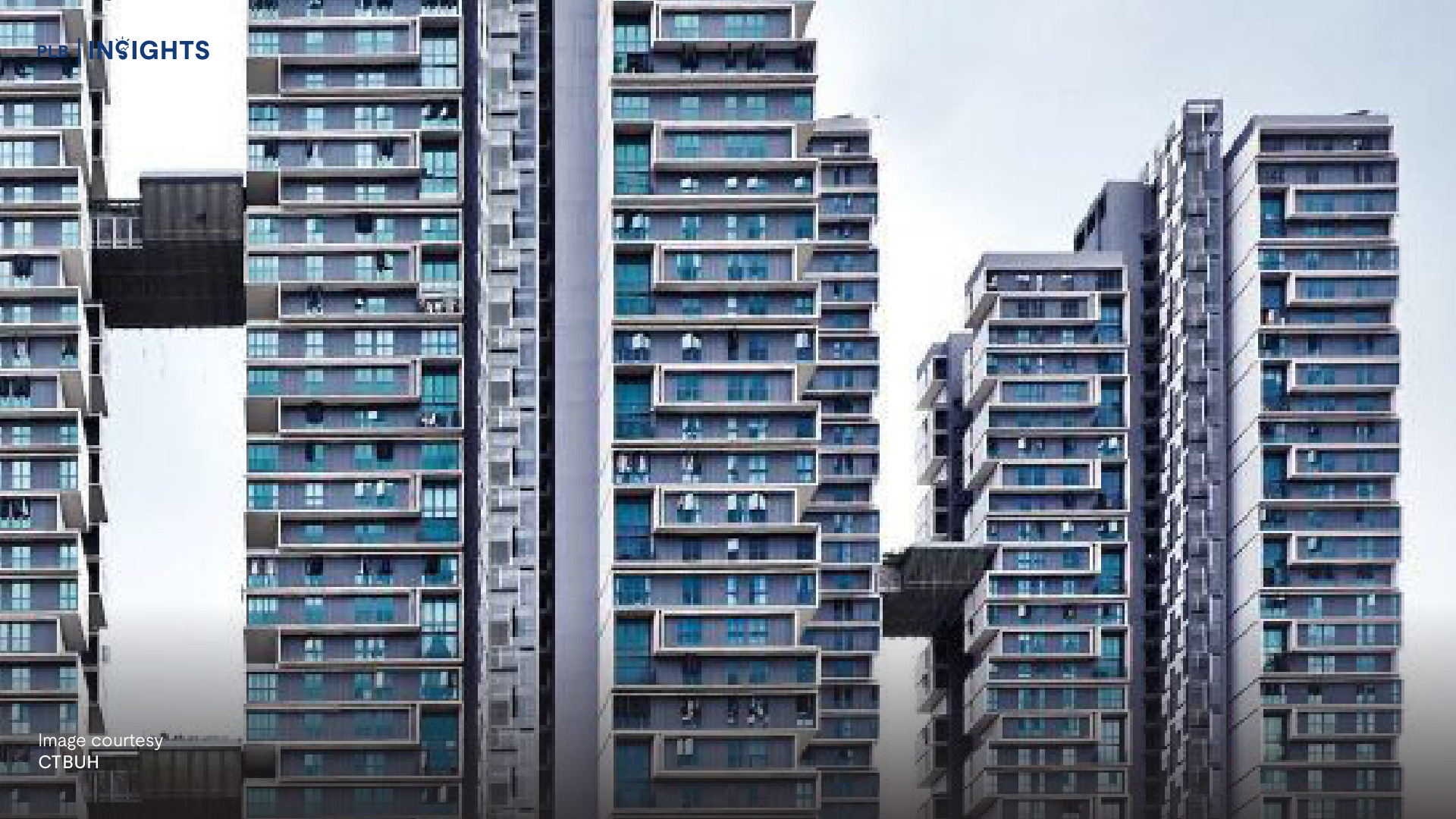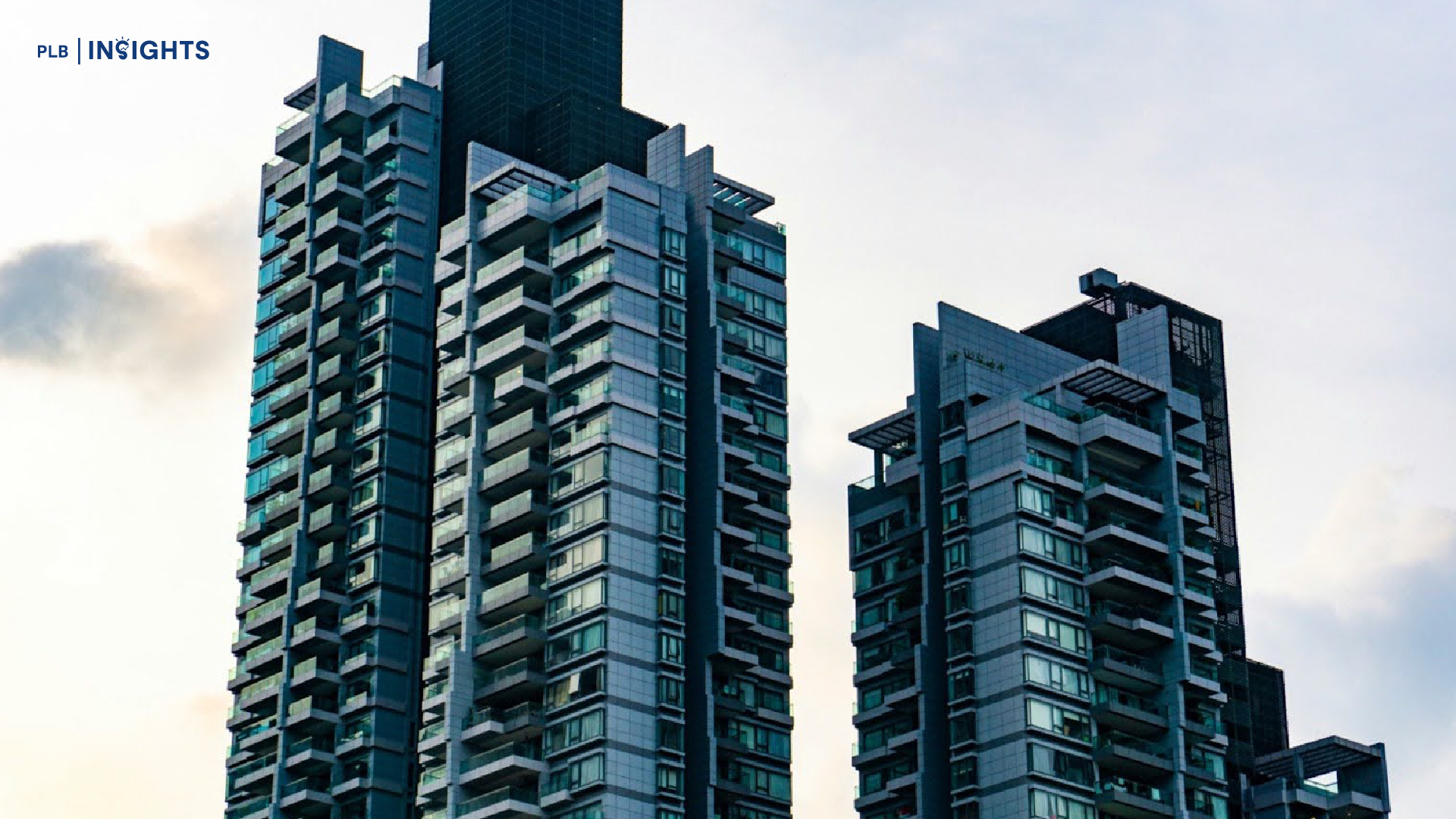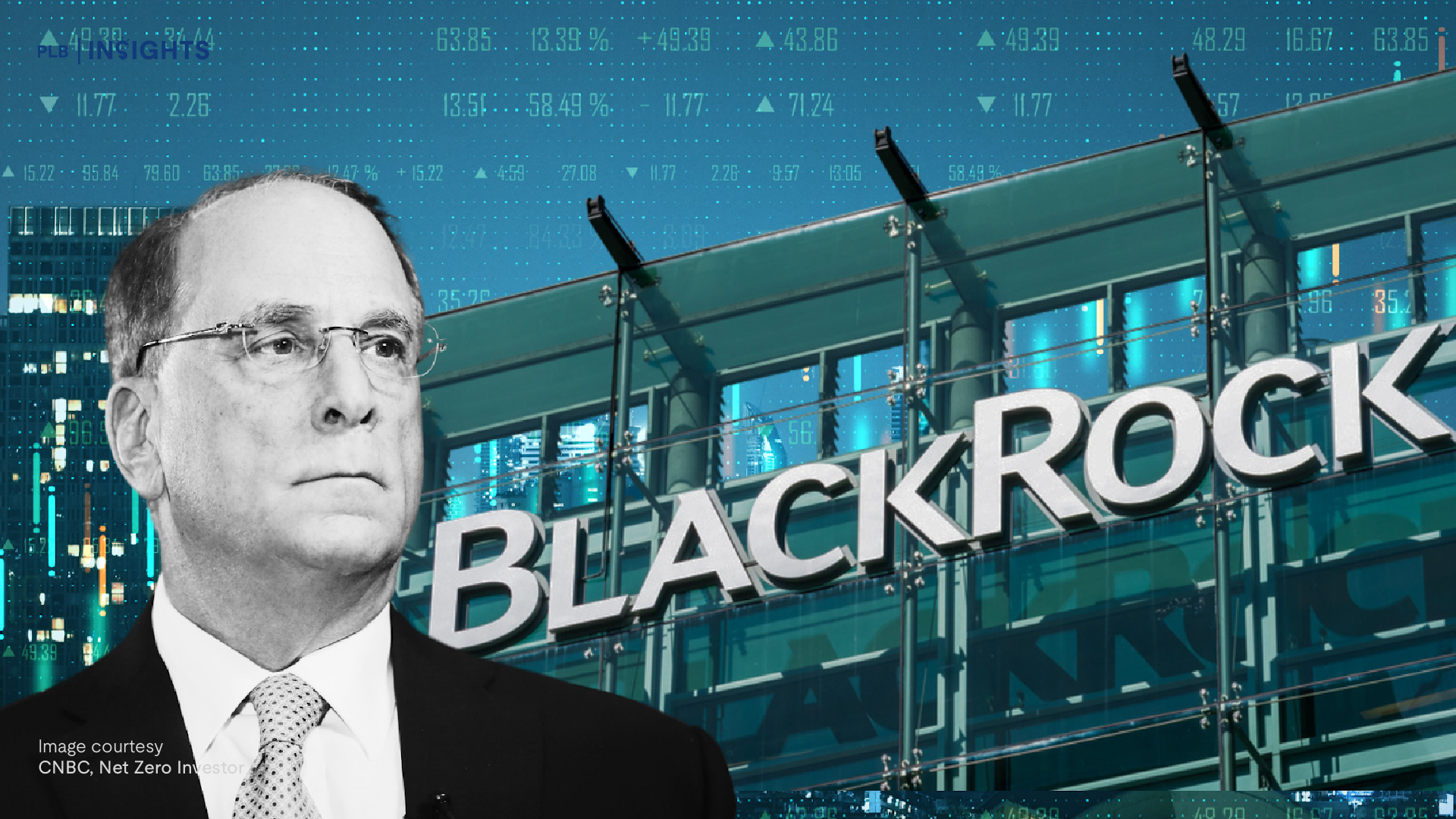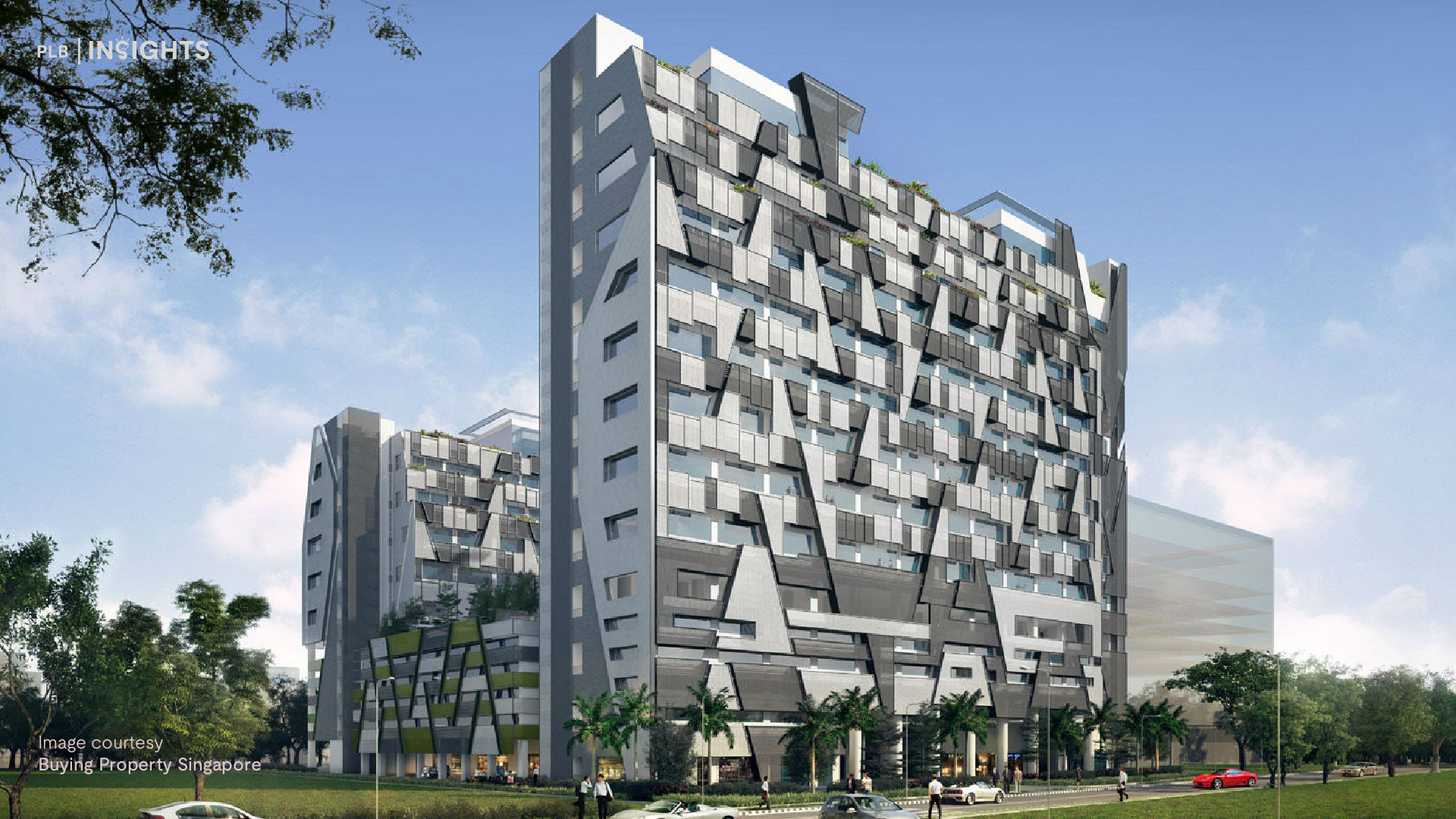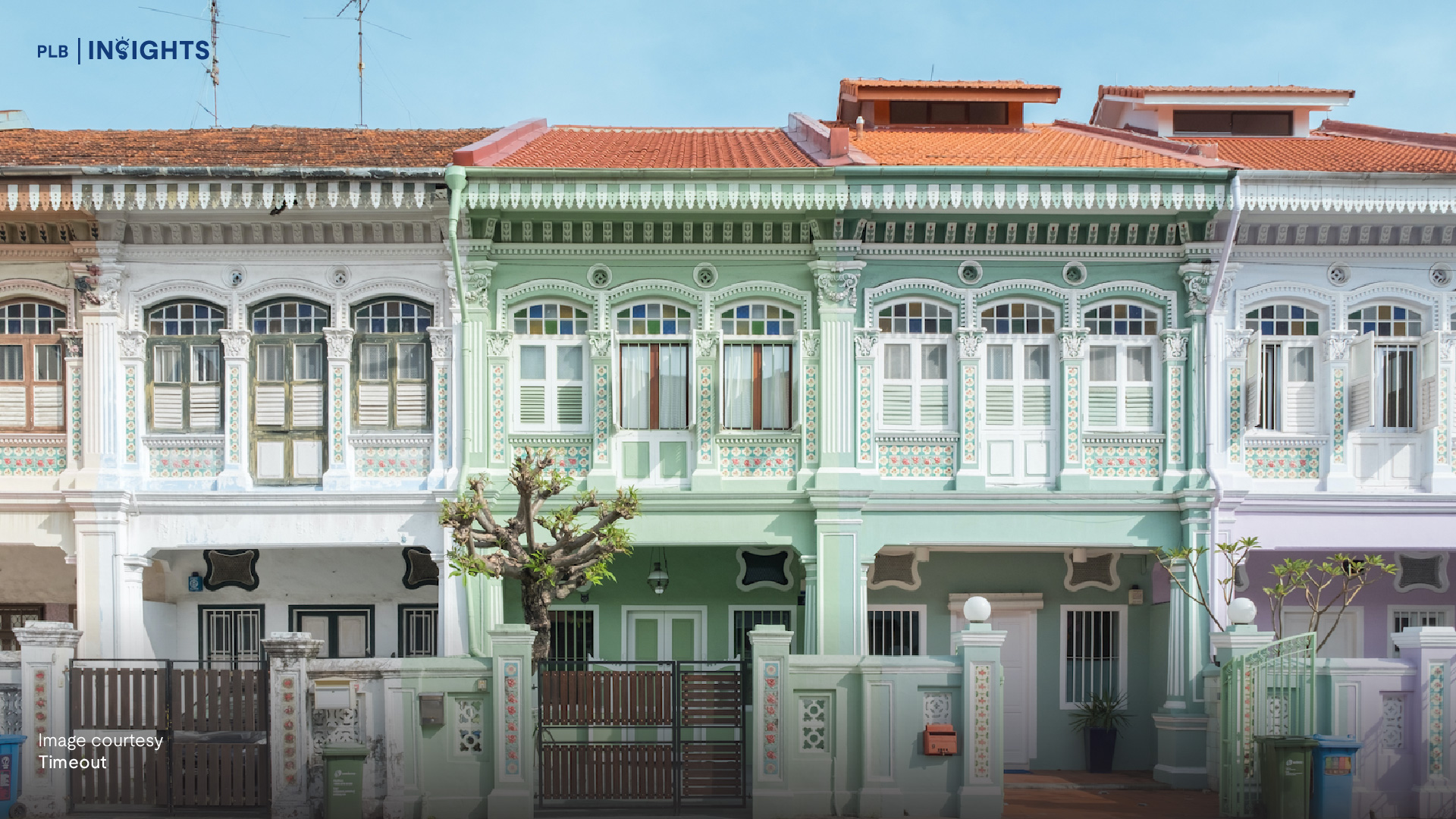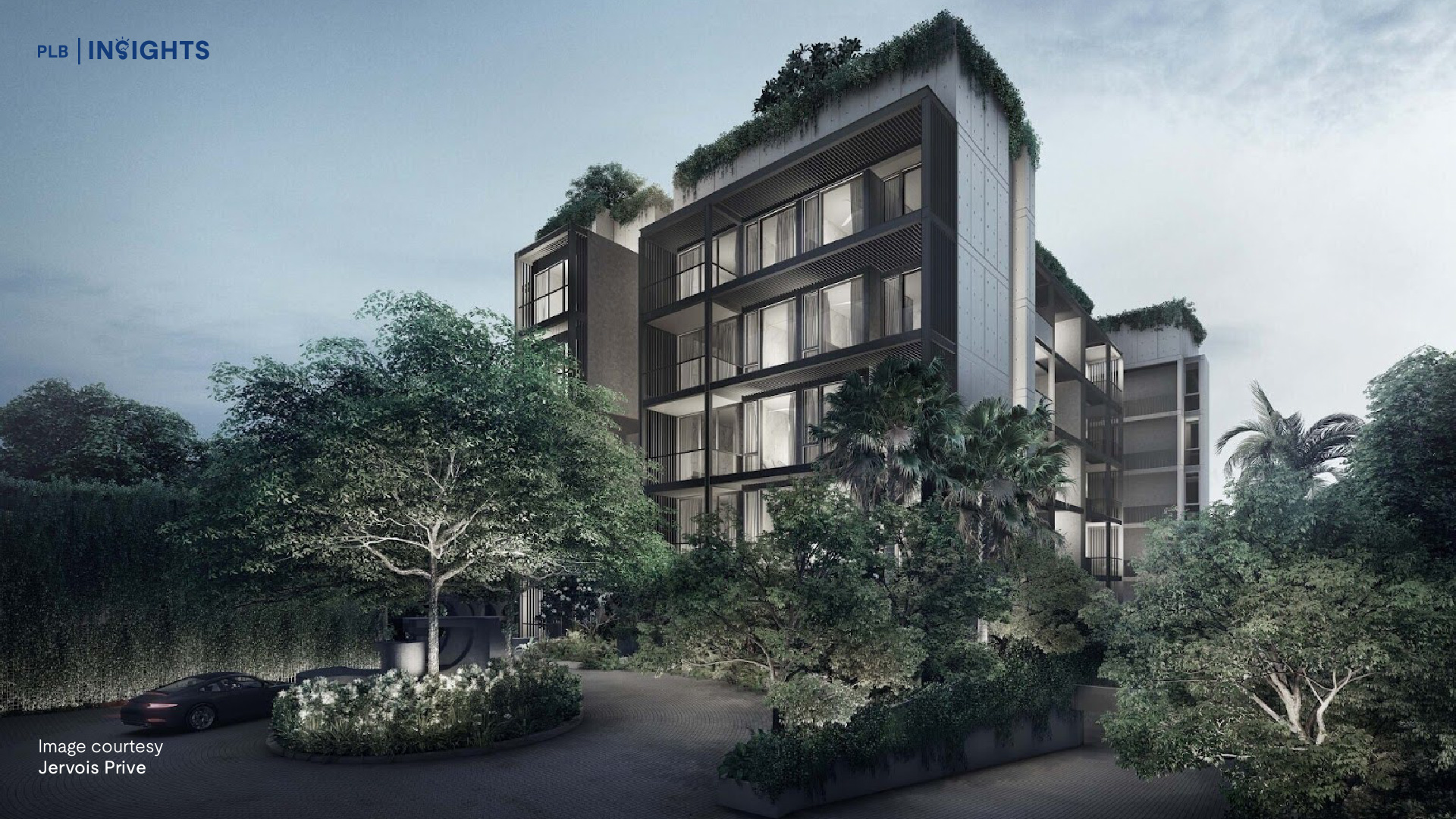
Singapore, as a global hub for finance and trade, has long been a magnet for international property investors. Because of its status as a safe haven, bolstered by strong governance and stable political climate, its residential market has enjoyed steady interest from foreign buyers and Singapore Permanent Residents (PRs) alike. Over the years, this demand has shaped the real estate landscape, even as cooling measures like the Additional Buyer’s Stamp Duty (ABSD) have been introduced to maintain market stability.
The evolution of Singapore’s ABSD rates since 2011, including three rounds of increases between 2018 and 2023, has significantly reshaped the profile of foreign and PR buyers. By dissecting the trends and examining the data, we can better understand how these measures, alongside global and domestic factors, have impacted the foreign demand for Singapore properties.
Foreign Buying Trends Amid ABSD Changes: A Historical Overview

The introduction of ABSD in 2011 marked the beginning of targeted measures to cool the real estate market and prevent speculative activity. Initially set at 10% for foreign buyers, the ABSD rate was raised to 15% in 2013. This threshold remained stable until July 2018, when the rate was increased by 5% to 20%. Surprisingly, URA data shows that foreign buyer activity remained steady in 2019 despite this hike, with sales numbers declining only in 2020 when the Covid-19 pandemic disrupted global mobility and economic activity.
Meanwhile, PR buyers, subjected to a lower ABSD rate, exhibited greater resilience. From 2018 to 2020, their annual purchase volume ranged between 1,000 and 2,000 units, demonstrating their sustained demand for Singapore properties despite market uncertainties.
The reopening of Singapore’s economy in 2021, following an 80% national vaccination rate, saw a resurgence in property purchases among both foreign and PR buyers. However, the momentum was short-lived, as another round of ABSD hikes in late 2021 dampened the market. Foreign buyers faced an increase from 20% to 30%, while PR buyers saw their rate rise from 5% to 10%. By 2022, PR purchases halved, and foreign buyer activity slowed more gradually, reflecting the effect of these measures.
The most dramatic change came in April 2023, when the ABSD rate for foreign buyers was doubled to a staggering 60%, effectively pricing out many international investors. This was compounded by Singapore’s crackdown on money-laundering activities in August 2023, which increased scrutiny on the origins of funds used in property transactions. As a result, the first nine months of 2024 saw foreign buyer numbers plummet, with only 56 new homes purchased by foreigners and 306 by PRs.
The Evolving Role of PR Buyers in Singapore’s Property Market

While foreign buyers have faced steeper barriers, PR buyers have played a more significant role in the property market. Between 2018 and 2023, PRs accounted for 12% to 13% of new home sales annually, compared to the 4% to 7% attributed to foreign buyers. However, in 2024 (January to September), PRs’ share of new home sales slipped to 10%, with foreigners dropping to 2%.

In the resale market, PRs have historically been more active than foreigners, making up 19% to 21% of annual transactions between 2018 and 2023. By comparison, foreign buyers contributed 3% to 6% during the same period. This trend persisted into 2024, with PRs comprising 20% of resale transactions, while foreign buyers fell to just 1.4%.
The higher resale activity among PRs can be attributed to several practical considerations. Many PRs purchase resale homes as they need immediate accommodation after securing employment or moving their families to Singapore. Others view resale properties as investments or legacy assets, underlining their long-term commitment to Singapore as their base.
Global and Domestic Factors Shaping Foreign Demand
While the ABSD hikes have been the most direct factor in cooling foreign buying activity, they are not the only elements influencing demand. Broader global and domestic conditions play a pivotal role in shaping the behaviour of foreign investors in Singapore’s property market.
Economic stability has long been a cornerstone of Singapore’s appeal, making it a haven for international investors during periods of global uncertainty. However, recent tax increases, coupled with a more cautious global financial environment, have tempered some of this enthusiasm. Currency strength also factors significantly into buying decisions. The robust Singapore dollar, while underscoring the nation’s economic resilience, increases the cost of property acquisitions for overseas investors, making Singapore’s real estate market less accessible to those without substantial financial resources.
Singapore’s geopolitical stability remains a significant draw, particularly in a world where political and economic turbulence is common. As a politically neutral and business-friendly hub, Singapore continues to attract buyers who seek both security and long-term investment opportunities. Yet, the global slowdown in economic growth, coupled with geopolitical tensions, has created a cautious investment climate that affects even stable markets like Singapore.
Another major influence on foreign demand is regulatory scrutiny. In 2023, the government’s crackdown on money-laundering activities involved high-value properties and highlighted Singapore’s strict regulatory environment. While this reinforces the nation’s reputation for transparency and good governance, it has also discouraged some foreign investors, particularly those who rely on complex financial structures to facilitate their property purchases. This heightened scrutiny has added an additional layer of complexity to the transaction process, deterring speculative and opportunistic buyers while favouring genuine, long-term investors.

Where Are Foreigners Buying in the Resale Market?

Foreign buyers in Singapore’s resale market have increasingly turned their attention to the Core Central Region (CCR), home to the city’s most prestigious and luxurious properties. The proportion of foreign buyers in the CCR resale market rose sharply, from 39% in 2018 to 47% in 2019, before reaching 56% in 2024. This upward trend highlights the enduring appeal of prime locations for global investors, particularly as prices in the CCR remained relatively stable compared to the faster-rising prices in suburban regions during this period.
Conversely, in the Outside Central Region (OCR), foreign buying saw a notable decline, dropping from 28% in 2018 to just 16% in 2024. This shift could reflect changing buyer priorities, as the OCR experienced steeper price increases, narrowing the gap between suburban and central properties. For PR buyers, however, the OCR remained a stronghold, consistently accounting for roughly 50% of resale transactions between 2018 and 2024. This steady demand underscores the OCR’s affordability and appeal for long-term residents seeking homes in family-friendly, suburban neighbourhoods.
The Rest of Central Region (RCR), often seen as a compromise between affordability and centrality, exhibited a more nuanced trend. Foreign buying in the RCR accounted for 33% of resale volume in 2018, rising briefly to 35% in 2019 before tapering off to 28% in 2024. PR buyers in the RCR, meanwhile, demonstrated consistent demand, with their share hovering between 31% and 36% over the years. The RCR’s mix of modern developments and proximity to the city centre has made it a preferred choice for both PRs and foreign buyers seeking a balance of location and value.
Where High-Net-Worth Wealth Is Going
For high-net-worth individuals (HNWIs), Singapore’s luxury property market—primarily located in the CCR—remains a key focus. These high-end apartments, priced at S$5 million and above, have long attracted global investors drawn to their prestige, exclusivity, and prime locations. In 2018, foreigners and PRs accounted for 63% of luxury property purchases, with Singaporeans making up the remaining 37%.
Following the 2018 ABSD hike, the proportion of global investors buying luxury properties rose to 67% in 2019, likely driven by new high-profile projects like Boulevard 88 and Nouvel 18. Additionally, there was speculation that more cooling measures might follow, prompting a surge in interest. However, the onset of the pandemic and a second ABSD hike at the end of 2021 reversed this trend, with the share of foreign and PR buyers dropping to 59% between 2020 and 2022.
Interestingly, the luxury market showed resilience in 2023, as the proportion of global investors rebounded to 62%. However, this momentum slowed in 2024, with global buyers making up only 49% of luxury apartment purchases in the first nine months of the year. Despite this decline, a growing number of new PRs and Singaporeans have entered the luxury segment, helping to offset the reduced participation of foreign buyers subject to the 60% ABSD.
Another noteworthy trend is the increasing prominence of ABSD-exempt foreign investors under Singapore’s Free Trade Agreements (FTAs). Nationals of the United States, as well as citizens and PRs of Iceland, Liechtenstein, Norway, and Switzerland, benefit from the same stamp duty rates as Singaporeans. In the first nine months of 2024, of the 83 foreign buyers in the CCR, only 13 were required to pay the 60% ABSD. This highlights the outsized influence of FTA beneficiaries in maintaining foreign demand for luxury homes.

A Closer Look at Buyer Demographics


Among foreign buyers, China nationals dominated the CCR until 2022, when US nationals took the lead. This shift reflects evolving global wealth trends and the attractiveness of Singapore to American investors, particularly under the ABSD remission framework. Meanwhile, Swiss buyers have consistently ranked among the top five foreign groups purchasing properties in the CCR, appearing prominently in 2021, 2023, and 2024.
For PR buyers, the composition has remained relatively stable over the years. Nationals from China, Malaysia, and Indonesia continue to dominate, followed by those from Australia, India, and the UK. This steady demand reflects the role of PRs as long-term participants in Singapore’s property market, driven by employment opportunities, family relocation, and educational pursuits.
Future Outlook for Foreign and PR Buyers in Singapore
With ABSD rates for foreign buyers now at an unprecedented 60%, the barriers to entry for Singapore’s residential property market have reached new heights. This significant increase is likely to further deter speculative investors, leading to a continued decline in foreign buying activity. However, Singapore’s reputation as a stable, transparent, and highly desirable location for long-term property investment ensures that genuine foreign buyers with the financial capacity to navigate the elevated tax structure will remain engaged, albeit in smaller numbers.
For foreign investors seeking alternative avenues, Singapore’s commercial and industrial properties, as well as shophouses, present attractive options since they are not subject to ABSD. These asset classes provide an opportunity for investors to participate in Singapore’s real estate market without incurring the additional tax burden, catering to those focused on income generation and long-term appreciation.
FTA beneficiaries will continue to enjoy parity with Singaporeans in ABSD rates, significantly lowering their entry costs. This allows these groups to continue exploring residential investment opportunities in Singapore at more favourable terms, making them a notable exception in an otherwise constrained foreign buyer landscape.
For PR buyers, the landscape remains more favourable, with ABSD rates significantly lower than those for foreign investors. The continued demand for both new and resale properties among PRs underscores their importance as a stabilising force in Singapore’s property market. This group is likely to remain active, particularly as they establish roots through employment, family migration, and educational pursuits.

Closing Thoughts
Singapore’s enduring appeal as a safe haven for property investment lies in its ability to balance economic growth, urban development, and social stability, ensuring that it remains a safe and desirable destination for global investors despite evolving regulations.
Looking ahead, the interplay between domestic regulations and global market conditions will continue to shape foreign and PR buyer trends. The government’s focus on sustainable price growth and reducing speculative activity indicates that future policy changes may further prioritise housing affordability and stability for Singaporeans.
Let’s get in touch
Looking to navigate the property market amidst an uncertain future? Unsure about the best approach to starting your property journey? Do reach out to us here and our team of experienced consultants will be glad to walk you through with a personalised consultation. See you in the next one!

